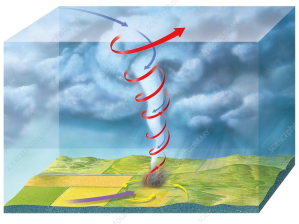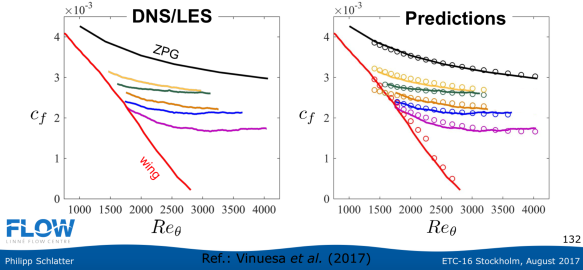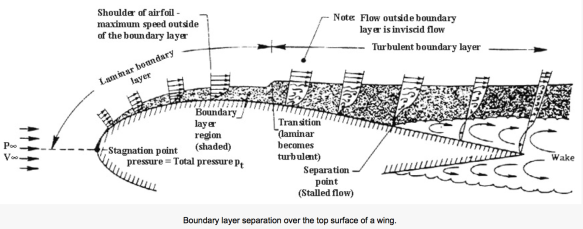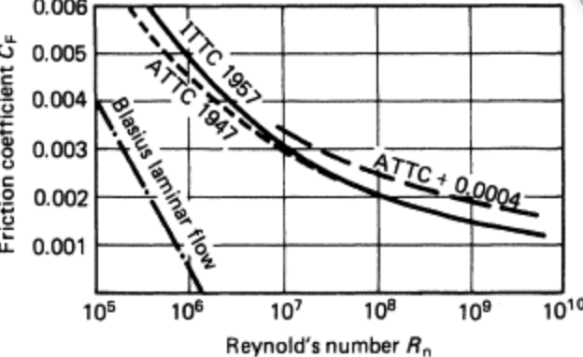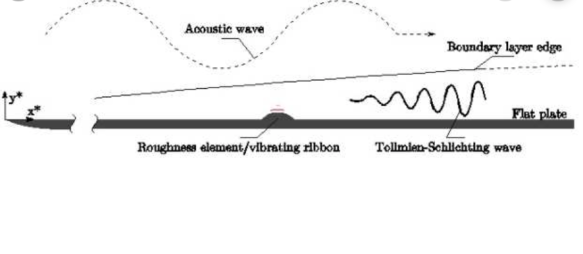
Artificial vibrating ribbon generating artificial Tollmien-Schlichting waves.
When theory does not fit experiment, one approach is to change the experiment. This is an established technique in fluid mechanics since the discovery of d’Alembert’s paradox in 1755 separating from start fluid mechanics into theory explaining what cannot be observed in reality, and real observation which cannot be explained theoretically.
There are thus basic experiments in fluid mechanics which are manipulated in the form of artificial forcing containing:
- Artificial generation of Tollmien-Schlichting waves by a heavily vibrating ribbon in experiments on transition from laminar to turbulent flow in a shear layer.
- Artificial tripping of the flow over a wing by a fixed rib or wire to generate a turbulent boundary layer with substantial skin friction to fit Prandtl’s boundary layer theory.
Computational Turbulent Incompressible Flow presents a different non-artificial real scenario for transition to turbulence in a shear later such as a laminar boundray layer. The scenario is that weak streamwise vorticity always present from small perturbations, acting over long time by non-modal linear growth restructures the flow in a laminar shear layer into high and low speed streamwise streaks (increasing transversal velocity gradients) which when big enough triggers transition to turbulence. This effect is damped in streamwise accelerating flow, but not so in constant or decelerating flow.
The result is that a laminar shear layer over a flat plate (without acceleration) turns turbulent if the Reynolds number is big enough and the plate long enough
On the other hand, in the accelerating flow on the upper part of the rounded leading edge of a wing, the transition does not take place. Instead the laminar no-slip boundary layer present at the stagnation on the leading edge stays laminar (as well as on the lower pressure side of the wing) and if the Reynold’s number is big enough effectively acts and can be modeled as a slip boundary condition without boundary layer.
The change from laminar no-slip boundary layer to effectively slip without boundary layer, thus without transition to a turbulent boundary layer, can be connected to a Reynolds number of size 1000000 with thus a laminar boundary layer of thickness 0.001 with free stream velocity and size normalized to 1.
Slip would then result when the thickness of the boundary layer is about 0.1% of the gross dimension. For a wing with chord 1 m this would be 1 mm.
We thus add theoretical evidence that the slip condition used in DFS as well as the New Theory of Flight has a sound rationale.
In particular DFS shows that total drag is more than 90% form/pressure drag and skin friction drag less than 10%, while standard theory and computation says that skin friction dominates form/pressure drag.
Connecting to 2. above, the direct passage from laminar no-slip boundary to slip without boundary layer, thus in real cases “bypasses” the generation of a turbulent boundary from artificial forcing.
Likewise, without the artificial vibrating rib transition to turbulence is not by Tollmien-Schlichting waves, but instead through the scenario presented after 2
In short, reality does not do what standard theory says reality should do. Reality “bypasses” standard theory, but standard theory is nevertheless claimed to be correct because it fits experiments with artificial forcing! This is state of the art. Something to think about.


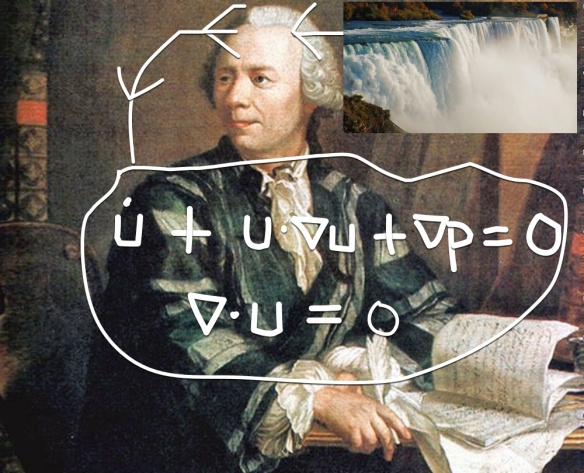
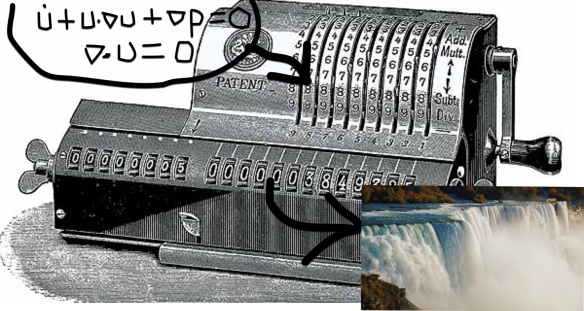
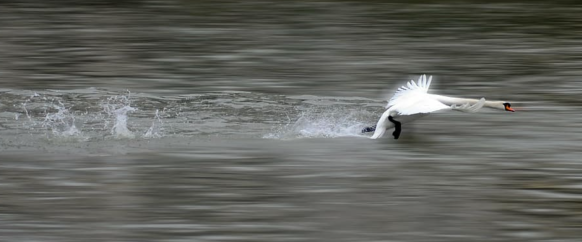 This web site started in 2012 (total 165.000 views) now makes a restart representing the recent breakthrough of the New Theory of Flight revealing for the first time the Secret of Flight. The time line is the following:
This web site started in 2012 (total 165.000 views) now makes a restart representing the recent breakthrough of the New Theory of Flight revealing for the first time the Secret of Flight. The time line is the following: